Overview
Map
Other Details
دير مار يوسف للآباء الكرمليّبن
Bcharreh
Bcharre
North
دير مار يوسف للآباء الكرمليّبن – بشرّي تعود رسالة الآباء الكرمليّين في منطقة بشرّي إلى أواخر القرن السابع عشر. سكنوا أوّلاً دير مار أليشاع القديم وانتقلوا سنة ١٧٠٤ إلى دير مار سركيس. في ٩ آذار سنة ١٩٠٥، قام الأب سيريل دي سانتا ماريا، النائب الرسولي لجبل الكرمل، بزيارة بشرّي فاستقبله الأهالي وطالبوه بتوسيع الرسالة وإقامة مدارس. بدأ أبناء بشرّي البناء بمساعدات من فرنسا وبلجيكا وألمانيا سنة ١٩٠٨. سنة ١٩١٠ أكمل الأب جيوسيبي داربينو الجناح بناء الدّير والكنيسة، بمساعدة الكاردينال غوتي. الكنيسة كناية عن سوقٍ واحد بحنية نصف دائريّة وسقفٍ بغداديّ. الكنيسة مزيّنة بجدرانيّات للرسّام جرجس ديب الأورشليميّ وتمثل عدّة مشاهد من وحي روحانيّة الكرمل. يُعرف الدّير محليًّا "بالبادريّة" وهي تعريب لكلمة بادري أي الأب. The Carmelite Convent of St Joseph - Bcharreh The Carmelite mission Bcharreh goes back to the late XVIIth century. The fathers resided in St Elishah and moved in 1704 to St Sergius. On the 9th of March 1905 the Carmelite provincial Cyril Da Santa Maria visited the town and was demanded by the locals to enlarge the mission and build schools. After that the locals began building with financial help from France, Belgium, and Germany in 1908. Construction was completed in 1910 with Padre Joseppe Darbino who completed the building with the church with the help of Cardinal Gotti. The church consists of a single roofed nave with a semi circular apse. The church is decorated with frescoes by Gerges Dib from Jerusalem.
Visited 2306 times, 2 Visits today



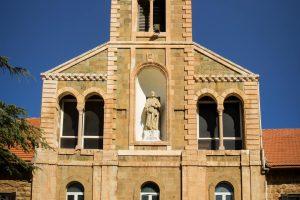
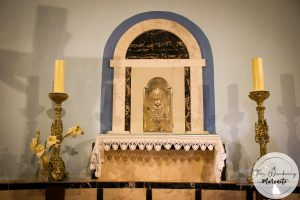
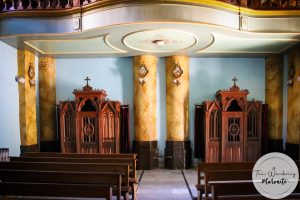
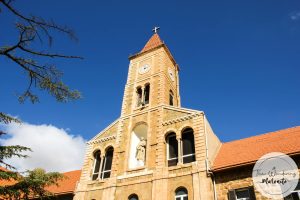
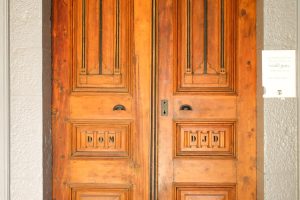
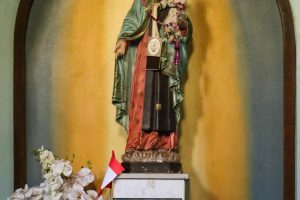
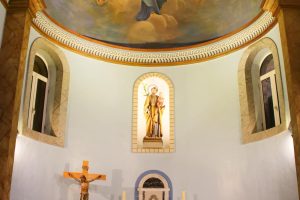
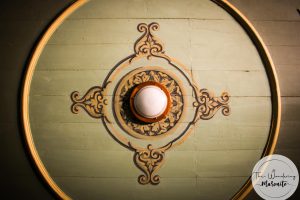
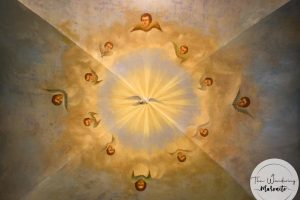

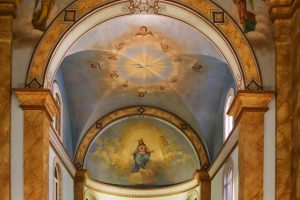


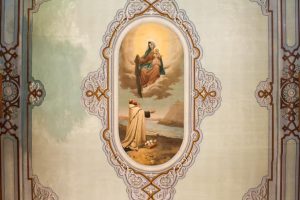



















Reviews are disabled, but trackbacks and pingbacks are open.